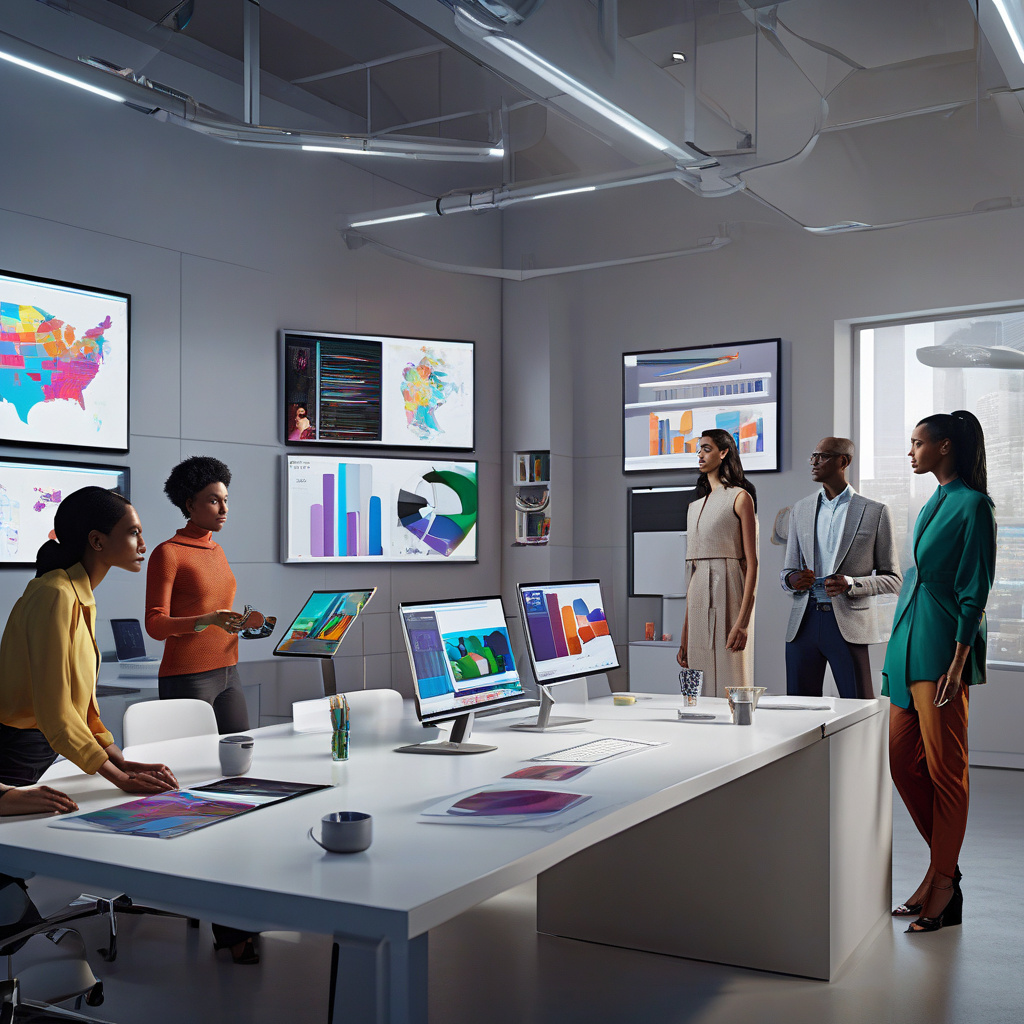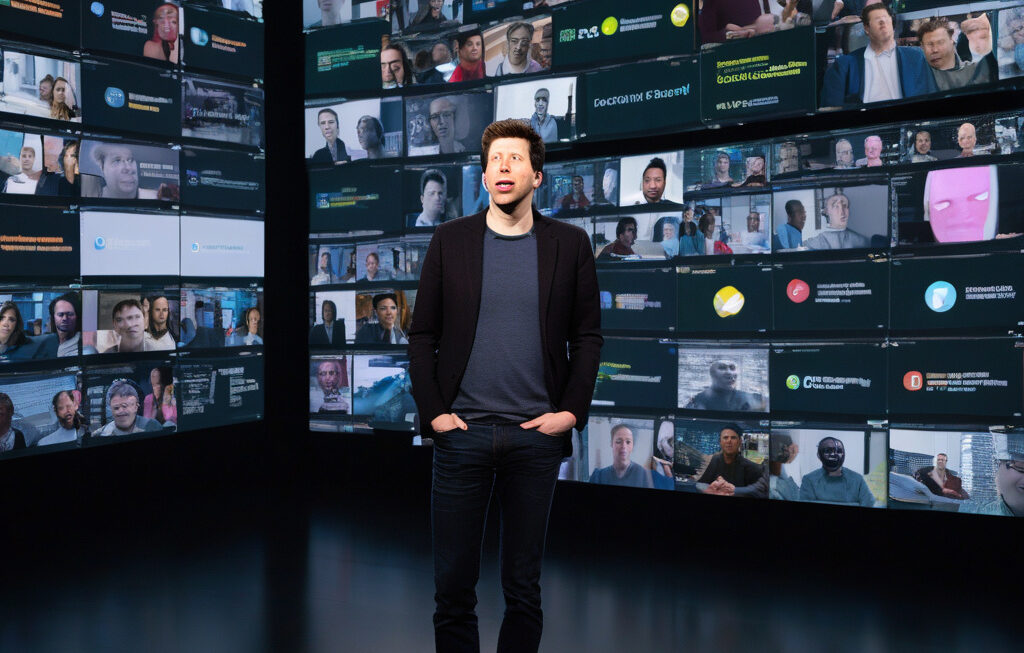Microsoft’s Surface Ad Uses Generative AI Without Anyone Noticing
In the ever-evolving landscape of advertising, brands are constantly seeking new and innovative ways to capture the attention of consumers. One such example is Microsoft’s recent Surface ad, which quietly incorporates generative AI to create visually stunning graphics. Despite featuring AI-generated visuals, the ad has garnered little attention for its use of this cutting-edge technology, with most viewers unaware of the sophisticated algorithms working behind the scenes.
Generative AI, a branch of artificial intelligence that involves machines creating original content, has been gaining traction in various industries, from art and music to marketing and advertising. In the case of Microsoft’s Surface ad, the use of generative AI adds a layer of creativity and uniqueness to the visuals, making them stand out in a crowded digital landscape.
By leveraging generative AI, Microsoft was able to create dynamic and eye-catching graphics that resonate with viewers on a subconscious level. The AI algorithms analyze data and patterns to generate visuals that are not only visually appealing but also tailored to the brand’s message and identity. This level of personalization and customization would be difficult to achieve through traditional means, showcasing the power and potential of AI in the advertising world.
What sets Microsoft’s Surface ad apart is not just the use of generative AI, but how seamlessly it is integrated into the overall aesthetic of the campaign. Unlike other ads that prominently feature AI as a selling point, Microsoft’s approach is more subtle, allowing the technology to enhance the creative vision without overshadowing it. This subtle integration speaks to the maturity of AI technologies, where they can now operate in the background, enhancing human creativity rather than replacing it.
Despite the lack of overt recognition, the use of generative AI in the Surface ad marks a significant milestone in the intersection of technology and creativity. It demonstrates how AI can be a powerful tool for marketers and advertisers, enabling them to push the boundaries of visual storytelling and engagement. As AI continues to evolve and improve, we can expect to see more brands experiment with this technology to create immersive and impactful advertising experiences.
In conclusion, Microsoft’s Surface ad serves as a prime example of how generative AI can be utilized effectively in advertising without drawing attention away from the core message. By harnessing the power of AI to enhance creativity and visual appeal, brands can create ads that resonate with audiences on a deeper level. As technology continues to advance, we can look forward to more innovative uses of AI in advertising, shaping the future of marketing in the digital age.
Microsoft, Surface, AI, Generative AI, Advertising












